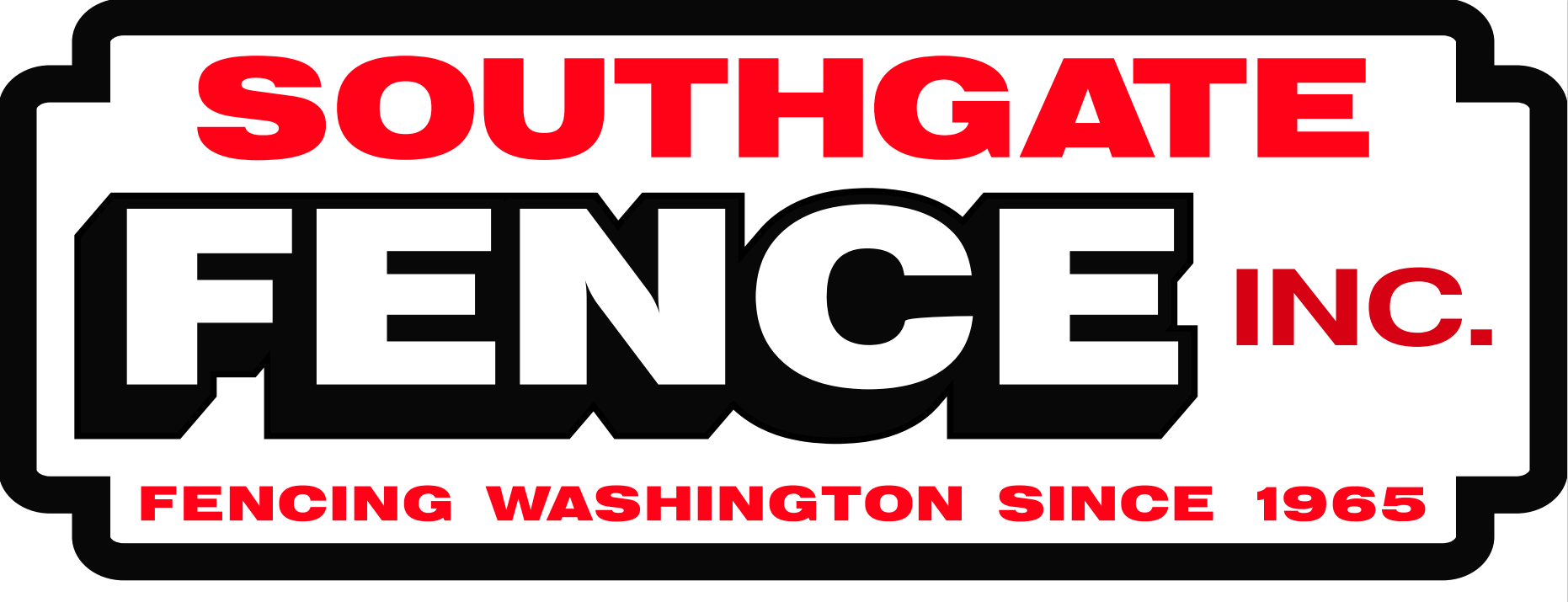Chain Link Fence Materials for Landscapers' & DIYer's in Centralia, WA
If you're a DIYer or landscaper planning to install a chain-link fence, it’s helpful to understand the different materials and options available. Here's an overview of common chain-link fence materials, their benefits, and installation tips for the DIY crowd:
1. Fence Posts
- Steel Posts (Galvanized): Galvanized steel posts are the most common and durable. They are resistant to rust and weathering, making them ideal for outdoor use. Typically, posts are spaced 6-10 feet apart for stability.
- Vinyl-Coated Steel Posts: These are galvanized steel posts coated with a layer of vinyl, usually in green or black. The coating offers additional protection against rust and gives the fence a more polished look.
2. Fencing Hardware
- Tension Bands and Tension Wire: These items are used to attach the chain-link fabric to the fence posts. Tension bands are fastened around the posts, and the fabric is pulled tight using tension wire. This ensures the fabric stays taut and doesn’t sag.
- Tie Wires: Used to secure the fabric to the posts and rails, tie wires are typically made from galvanized or stainless steel. These are necessary to keep the fabric in place.
- Fence Clips and Fasteners: Fence clips are used to attach the chain-link fabric to the top rail, providing additional stability.
3. Top Rails
- Galvanized Steel Top Rails: These rails run horizontally along the top of the fence and connect the fence posts. They help maintain the fence’s shape and provide added stability. Steel rails are a reliable and affordable option for most projects.
4. Tools Required for Installation
- Post Hole Digger or Auger: You'll need to dig holes for the posts, which should be at least 1/3 of the post’s length in the ground.
- Level: To ensure your posts are straight and aligned.
- Wire Cutters: To trim the chain-link fabric or wire.
- Wrench: For tightening bolts and fasteners.
- Hacksaw or Pipe Cutter: If you need to cut metal posts or rails to the correct length.
5. Gates
- Manual Gates: Typically, available in both single and double-width, these gates are simple to install and are a popular choice for residential chain-link fences.
6. Installation Tips for DIYers
- Planning and Measurement: Before installing, measure your yard or property line and mark the location of each post. Accurate measurements will make installation smoother.
- Post Setting: Set your posts in concrete for extra stability, especially if the fence is meant to be a long-term solution. Allow the concrete to cure for at least 24 hours before proceeding with the next steps.
- Tensioning the Fabric: When attaching the chain-link fabric, start at one end and work your way along the fence, pulling the fabric tightly as you go. This will help avoid sagging or loose spots.
- Cutting the Fabric: If you need to trim the chain-link fabric, use heavy-duty wire cutters or bolt cutters to make clean cuts.
7. Environmental Impact
- Recyclability: Steel is highly recyclable, making chain-link fences a more sustainable option compared to other types of fencing that may be harder to recycle.
- Longevity: Chain-link fences, especially those with vinyl or stainless-steel coatings, are known for their durability and can last many years, reducing the need for frequent replacements.
8. Cost Considerations
- The cost of materials will vary depending on your location, the type of materials used, and the size of the area being fenced. Galvanized steel is generally the most affordable, while vinyl-coated or stainless-steel materials can be more expensive but offer a longer lifespan and a more attractive appearance.
Final Thoughts
For DIYers and landscapers, chain-link fences offer a relatively simple, low-maintenance, and cost-effective solution. Whether you're installing a fence for privacy, security, or just to define a property line, understanding the materials and how to install them will help ensure your fence is both durable and functional. With the right materials and a bit of patience, you can create a fence that serves its purpose for years to come.





